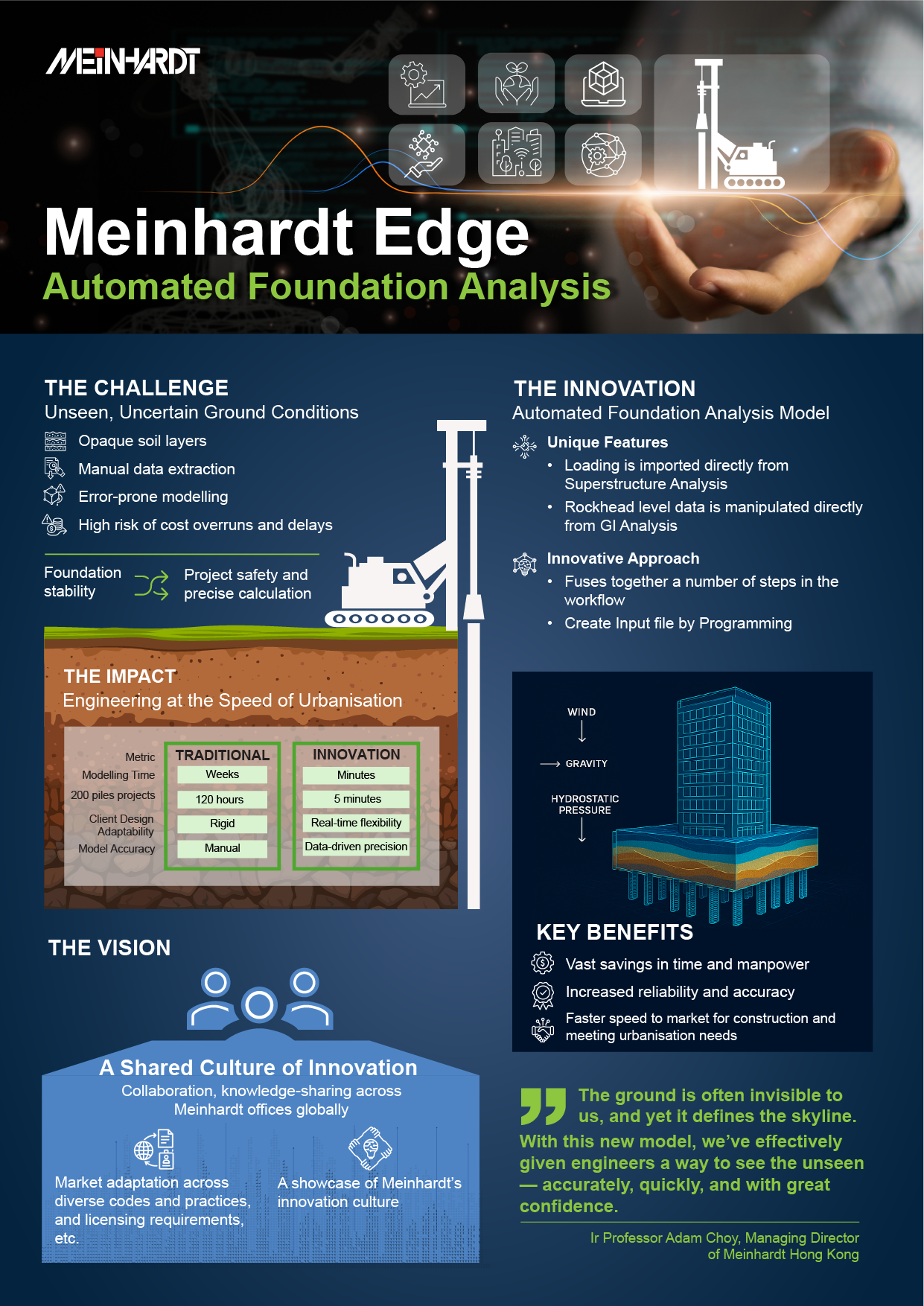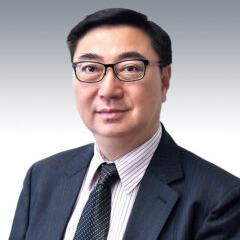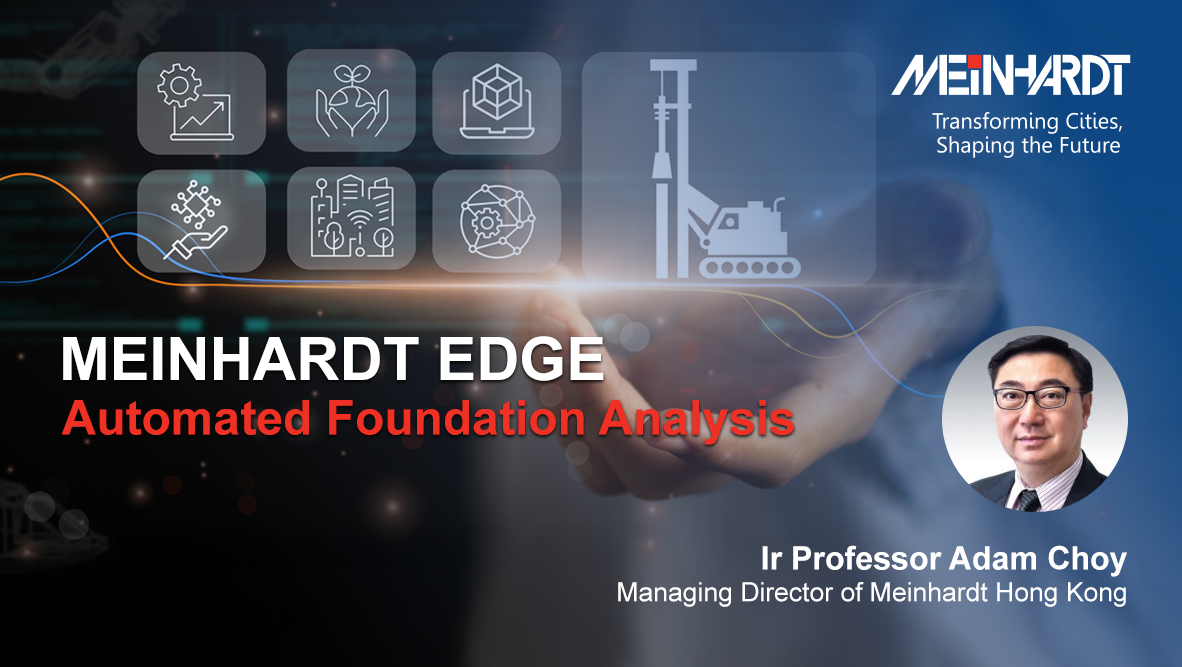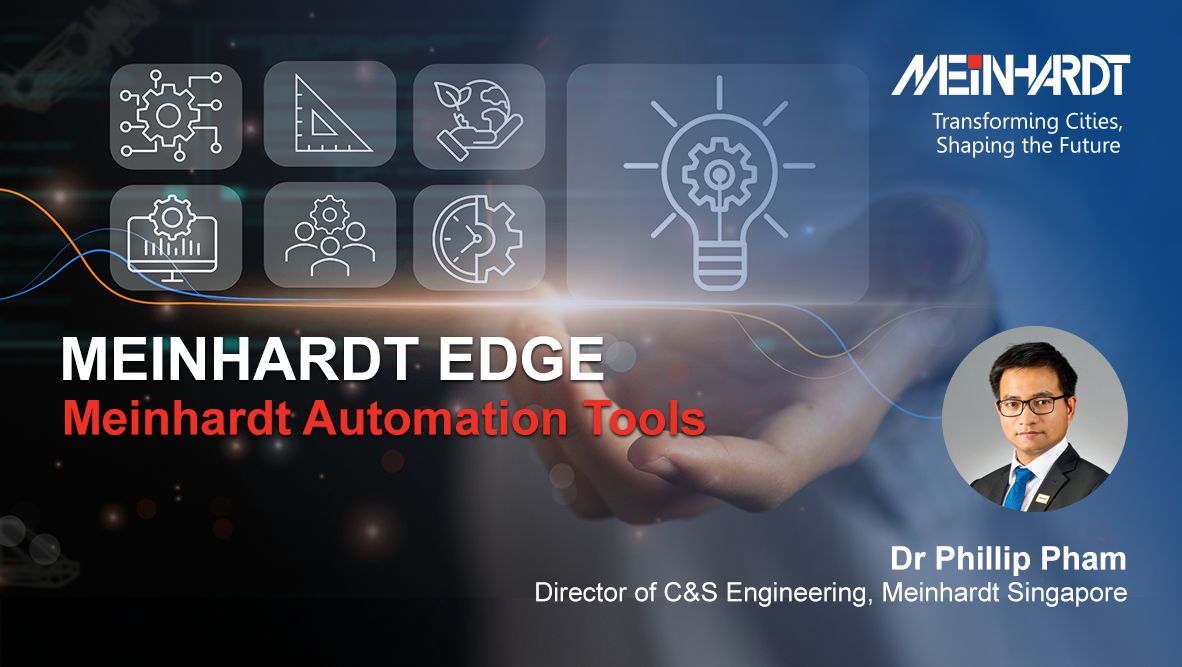
Jurutera Perunding Meinhardt Sdn. Bhd. Honoured with the The Engineering Consultancy Practices – Pinnacle Award (Champion) for the Year 2025 by The Institution of Engineers, Malaysia (IEM)
June 2, 2025
Collaboration to Accelerate Smart and Energy Efficient Infrastructure Globally
July 21, 2025The American author, Andrew Smith, said, “We fear what we do not understand, and we hate what we cannot conquer”. Nothing could be truer when it comes to building construction and latent ground conditions.
Too many projects have fallen foul of not meeting their budget or their programme commitments due to adverse existing ground conditions that were unknown or unforeseen. It is virtually impossible to know with certainty what is in the ground before you start digging. Yet design and construction teams often have to make commitments to programme and cost.
Getting out of the ground is often seen as one of the biggest risks in a project with the ground conditions being one of the most opaque and unpredictable aspects of engineering, demanding meticulous analysis and complex computations.
From muddy soils to uneven rock formations, each project presents unique challenges. Engineers must understand not only the vertical gravity loads from buildings above but also horizontal forces like wind and lateral soil pressure, as well as upward hydrostatic pressures trying to lift a structure from below. Anchoring buildings into this uncertain earth requires ingenuity and innovation.
A research team at Meinhardt Hong Kong have been unlocking the potential for using big data and generative design techniques to tackle this problem head on. Piling design and foundation analysis in non-seismic zones is faster, more accurate, and far less resource-intensive than ever before.

Cracking the Code: Why Foundation Modelling Matters
Traditional foundation modelling is a resource-heavy, error-prone process involving manual extraction of Ground Investigation (GI) data, hand-drawing rockhead contours, drafting soil strata, and iteratively simulating structural forces. The cost of error is massive —misjudging ground conditions can jeopardise safety and lead to crippling cost overruns.
Enter Meinhardt’s new automated foundation analysis model, which digitises and streamlines this entire workflow. Developed by a research team in Hong Kong’s ground engineering and civil infrastructure business, this innovation allows engineers to generate comprehensive soil models, digitalise pile positioning, and simulate subgrade reactions within minutes — a process that once took hundreds of hours.
The ground is often invisible to us, and yet it defines the skyline. With this new model, we’ve effectively given engineers a way to see the unseen — accurately, quickly, and with great confidence.
Ir Professor Adam Choy, Managing Director of Meinhardt Hong Kong
The Innovation: From Analogue Tedium to Digital Precision
Here’s how it works: Based on the underground information obtained either from raw GI data or big data, the rockhead contour together with stratified soil layers, are digitally mapped in 3D using proprietary scripting tools. Followed by an automatic synthesis with the auto-generated pile elements, a finite element analysis (FEA) can then be performed to simulate the interaction between soil conditions and structural elements.
Notably, the latter half of this innovation is built around linear analyses, making it ideal for non-seismic zones, where soil movement is relatively predictable. The digitalised mapping of the underground in the former half can be applied to general conditions.
What’s unique about our approach is that we’ve automated not only the input, but also the interpretation and optimisation of complex forces. That unlocks tremendous speed, safety and savings. In some Hong Kong projects, this model has reduced manpower hours by over 90%.
Mr John McGuire, CEO of Meinhardt ANZ and Deputy Head of the Meinhardt Group Research and Innovation Committee
The model has already been deployed in real-world developments including major submissions like The Chinese University of Hong Kong, with results exceeding client expectations in speed and reliability.
The Impact: Engineering at the Speed of Urbanisation
As cities race to accommodate growing populations and climate challenges, the demand for speed to market has never been higher. Time lost during the foundational phase delays entire projects and compounds cost escalations.
This model addresses that challenge by:
• Reducing analysis time from weeks to minutes
• Increasing model accuracy through automation
• Enhancing flexibility to respond to client design changes rapidly
• Allowing fast optimisation of building core stiffness and pile depths
This innovation exemplifies how Meinhardt is pushing the frontiers of engineering to solve the perplexing problems of our age — housing shortages, urbanisation, and sustainable infrastructure.
Mr Omar Shahzad, CEO of Meinhardt Group
The Vision: A Shared Culture of Innovation
The real power of this advancement lies not just in its technical brilliance but in its potential to scale across Meinhardt’s global footprint. Already, plans are underway to train engineering teams in other countries to adopt and localise the model, with adaptations underway for seismic zones, which require additional layers of data such as liquefaction and seismic spectrum modelling.
It is also a vivid expression of Meinhardt’s values: collaboration, knowledge-sharing, and harnessing the collective intelligence of over 6,000 engineers worldwide.
“We believe that innovation is about generosity — sharing a good idea across borders, languages, disciplines. What makes Meinhardt different is that we foster a culture where engineers from Hong Kong can influence practices in Turkey, Vietnam or Australia and elsewhere. That’s how change scales,” said Mr John McGuire.
Looking Forward: Engineering the Invisible
While foundations are literally out of sight, they must never be out of mind. In an era of global housing crises, climate instability, and rising construction costs, getting the invisible layers of a project right is more important than ever.
This foundation analysis innovation demonstrates that digital methodologies can help engineers not only see better but build smarter.
And as Meinhardt continues to invest in research, automation, and data science, this is just one of many innovations redefining what it means to be a future-ready engineering company.
Watch this space — more Meinhardt innovations are on the way.




